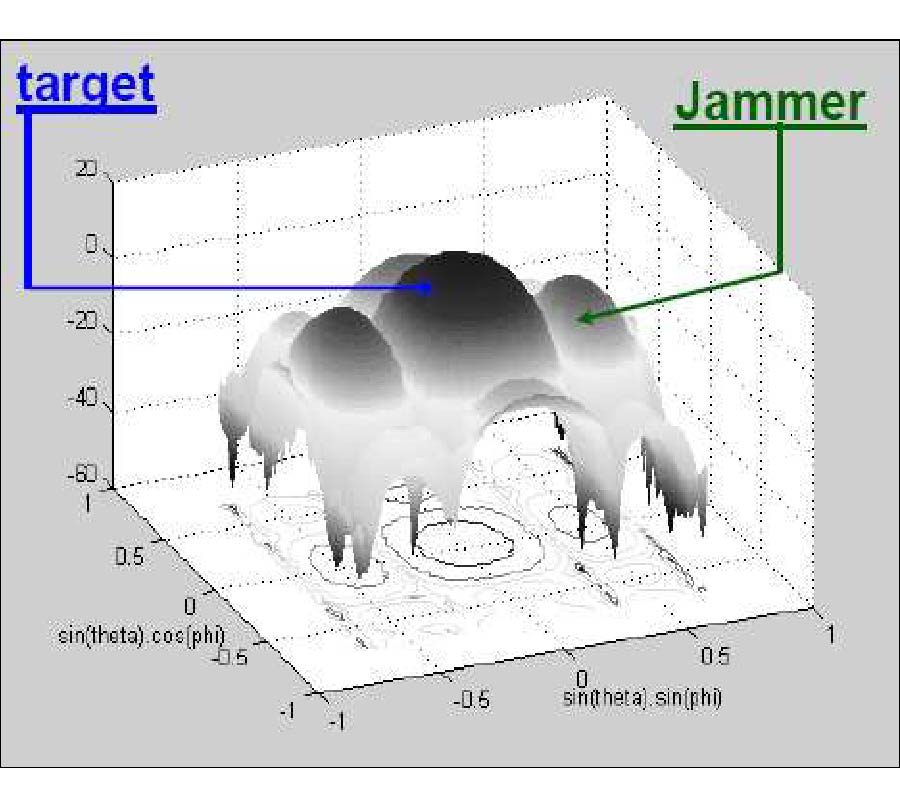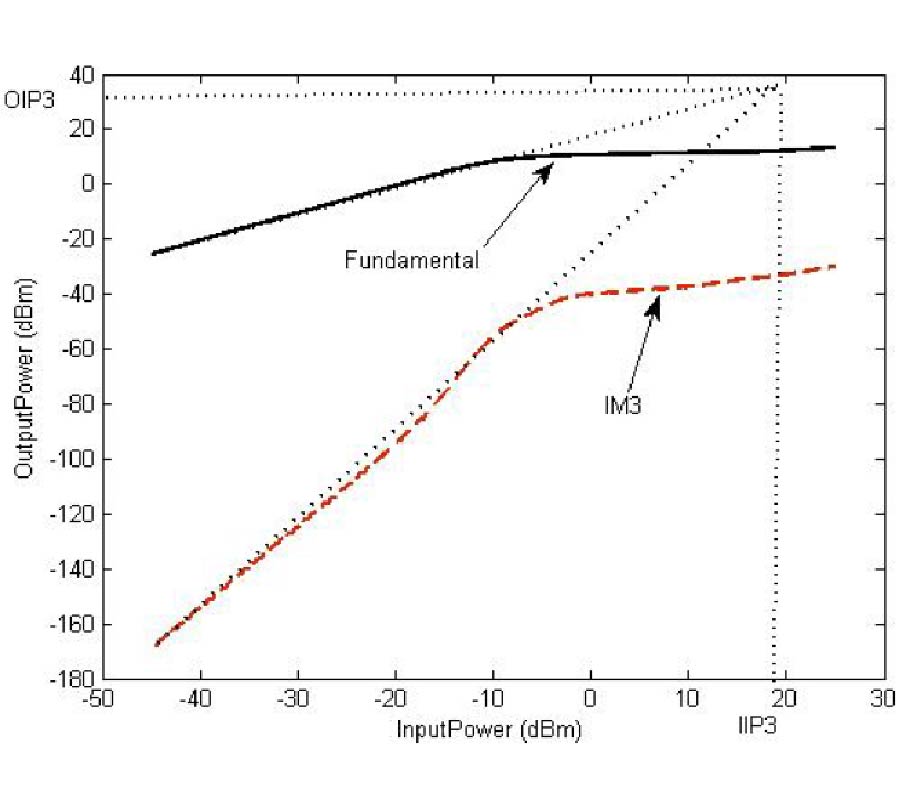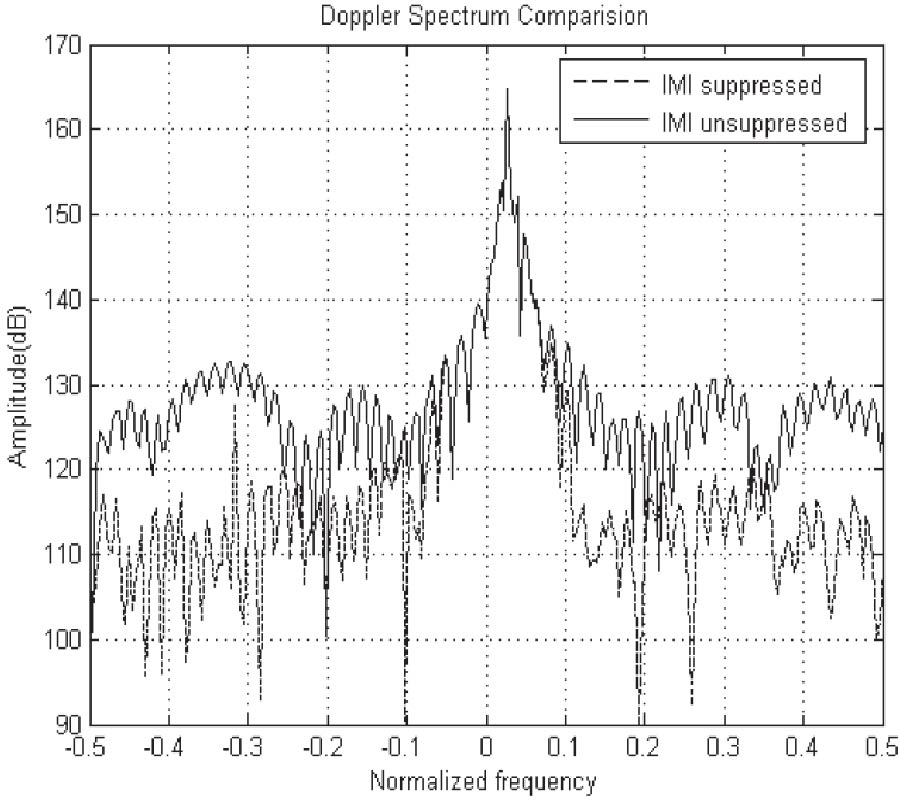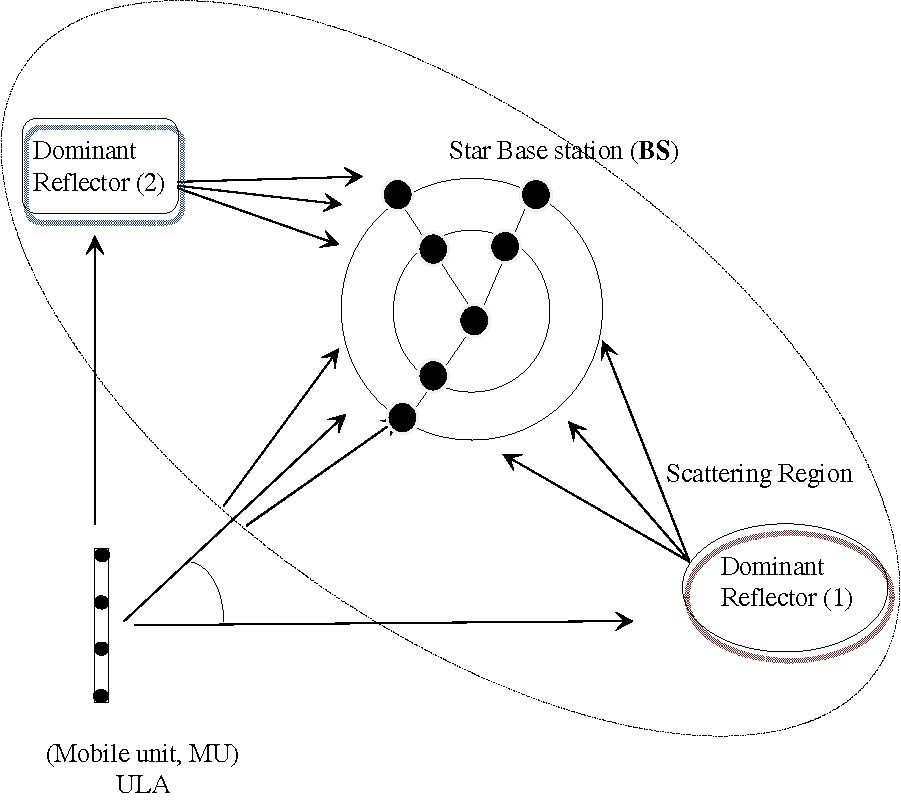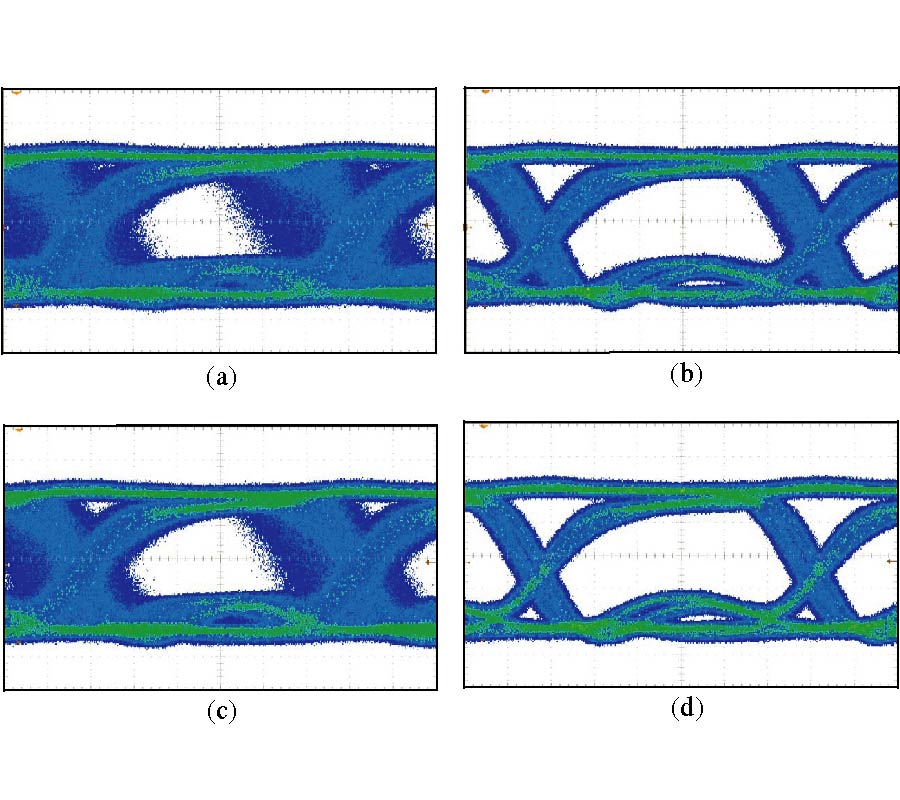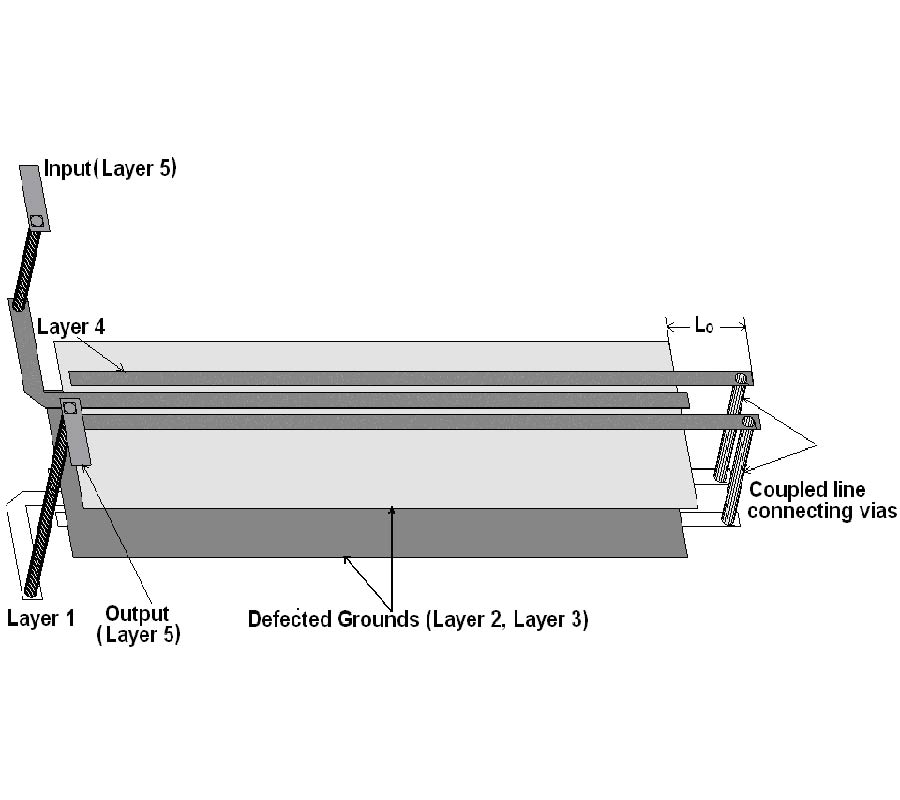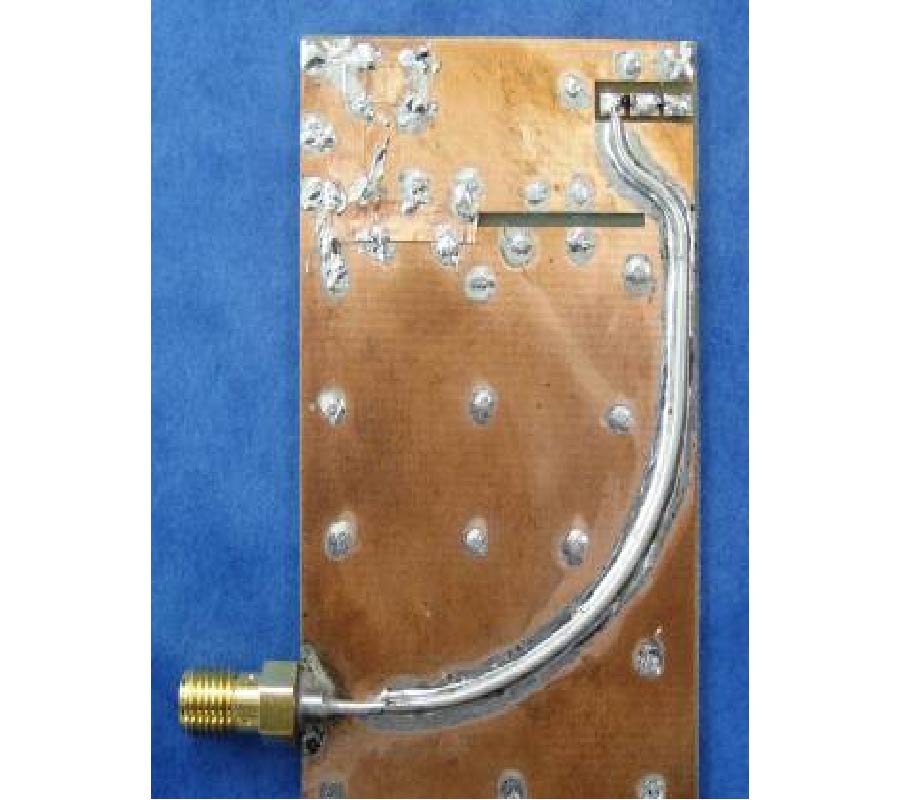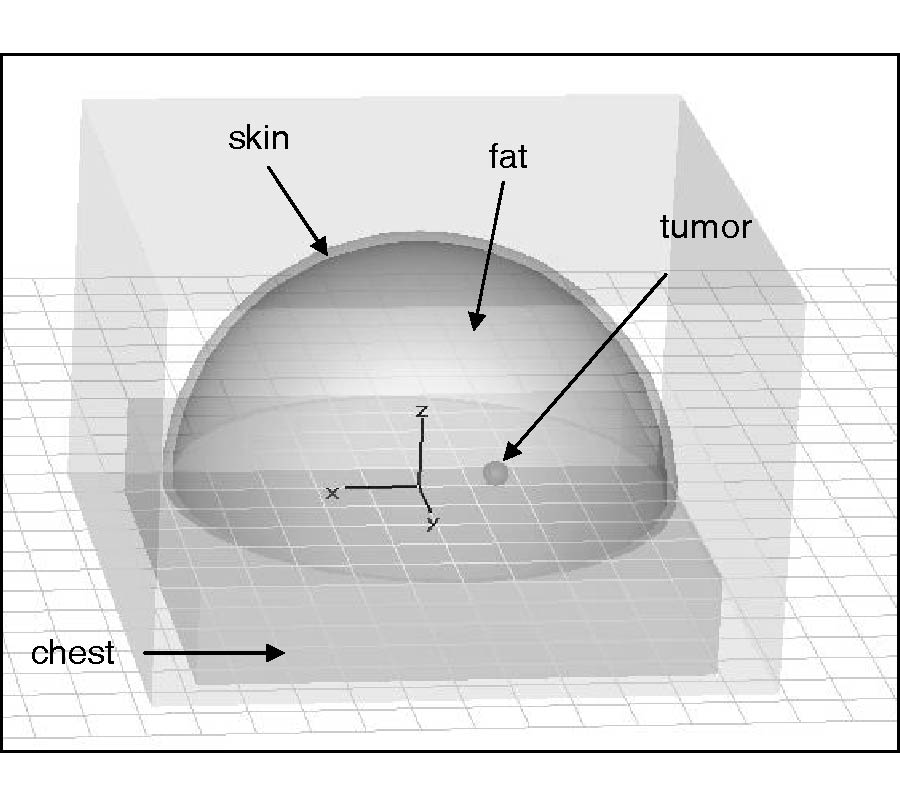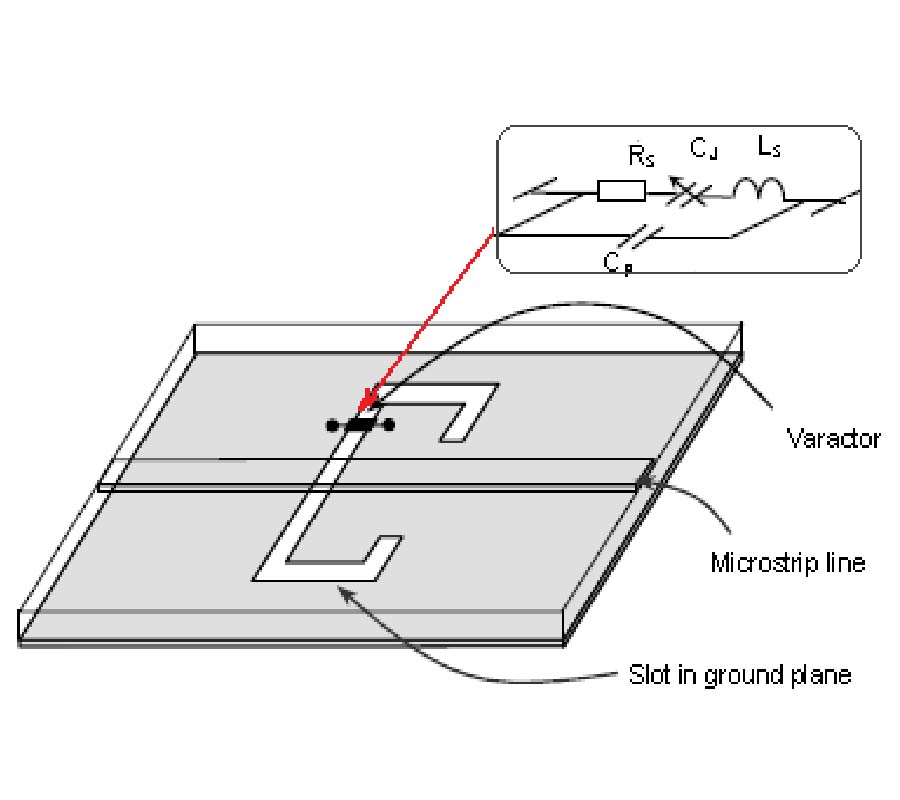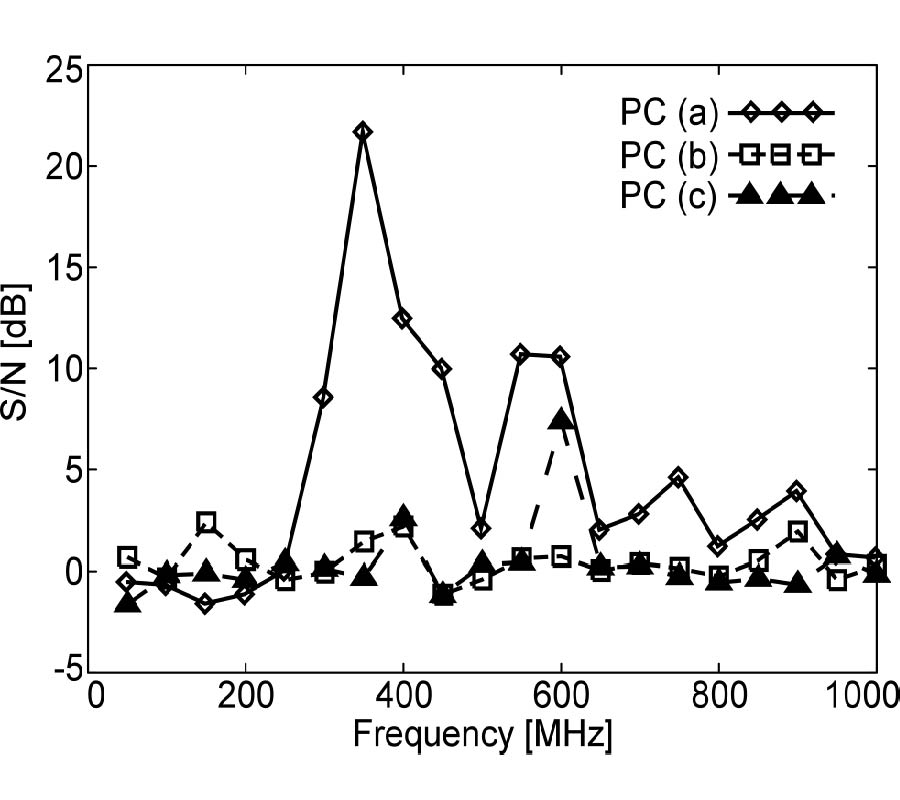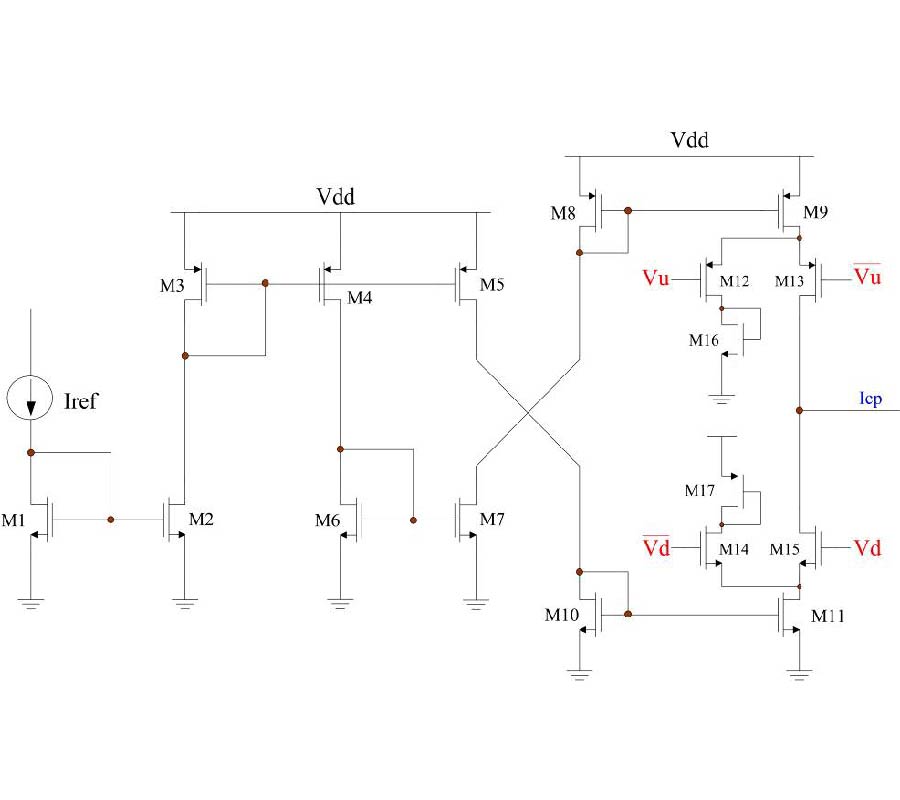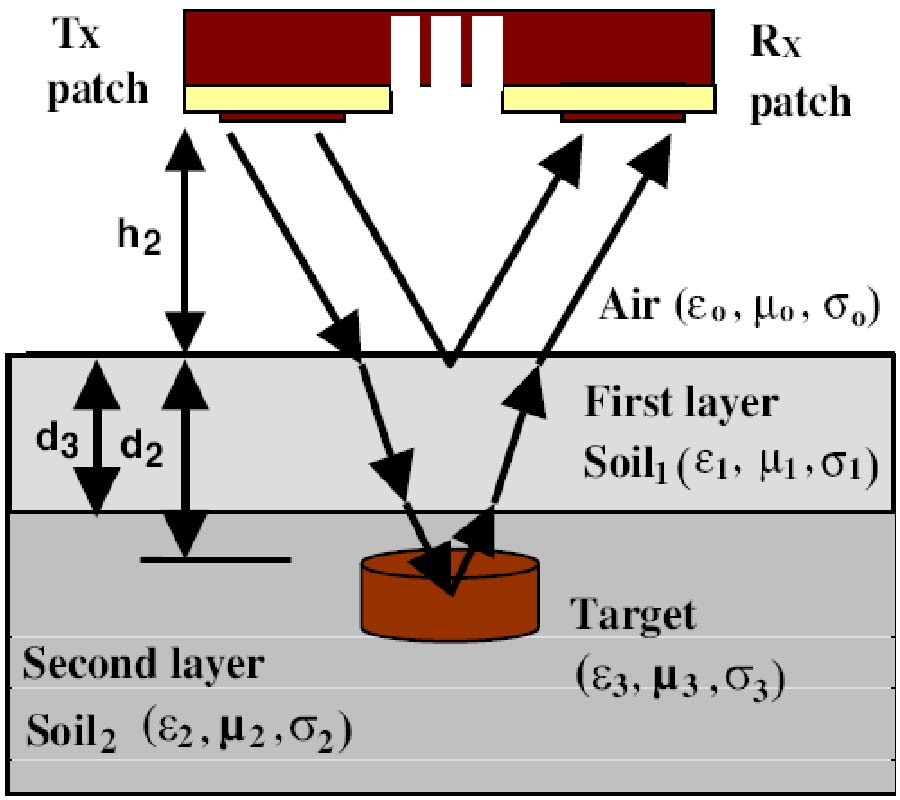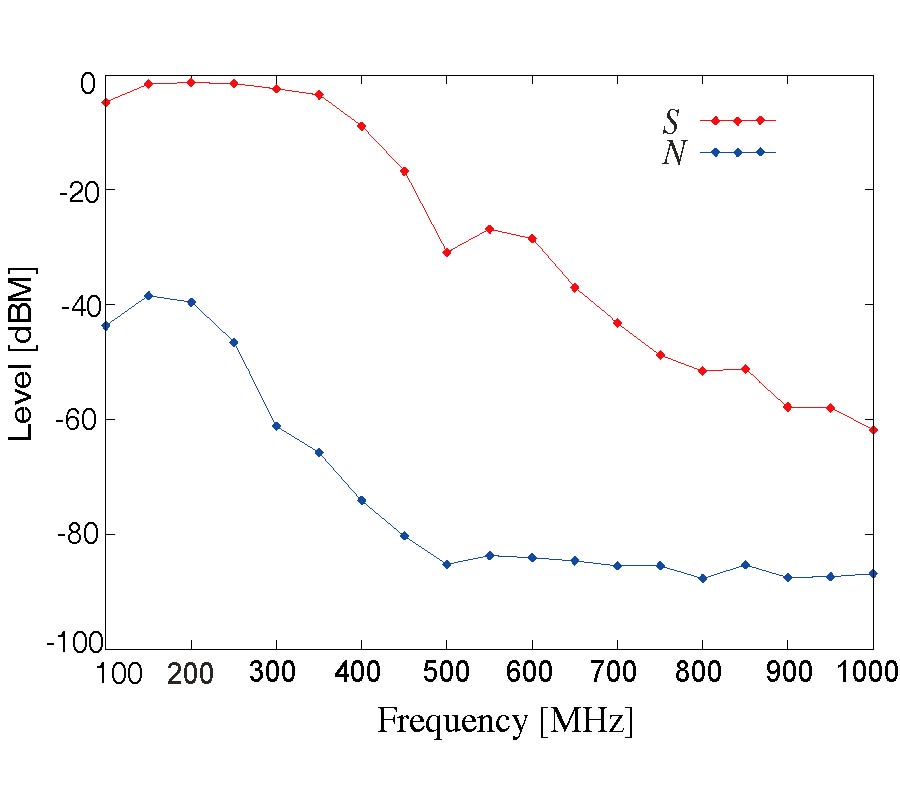An Effective Jammers Cancellation by Means of a Rectangular Array Antenna and a Sequential Block LMS Algorithm: Case of Mobile Sources
Brahim Atrouz,
A. Alimohad and
Brahim Aissa
Adaptive array processing algorithms have received much attention in the past four decades. Modern radars have to consider various sources of noises and interferences for accurate and real time detection. In addition to interferences arising between the target and receiver, such as clutter and jammers, the use of the conventional techniques applied to the jammers cancellation in radars systems, especially when sources to cancel are moving (i.e., a dynamic environment as it is usually the case for air- and space-based radar), requires an adaptive arrays of several hundreds and/or thousands of elements. These methods are inefficient because of the large amount of data that describes the problem, which can limit considerably the achievement of the optimal performances due to the great computational complexity, costs and the very long time of both convergence and tracking. In this paper, we propose the study of a newly optimized algorithm, based on the known Least Mean Square (LMS) method due to its simplicity and effectiveness especially when work is driven toward the moving target tracking. Our proposed algorithm contains two main issues, (i) the use of partial adaptively scheme and (ii) the use of the block processing method. We present here our performances in the improvement of the signal to interference plus noise ratio (SINR) obtained due to these two aspects in cancellation of jammers and tracking. Since all the signal transformations are simple and straightforward, our new process can be significantly faster than the LMS algorithm while its effectiveness is well comparable to that when the LMS algorithm is used directly.
